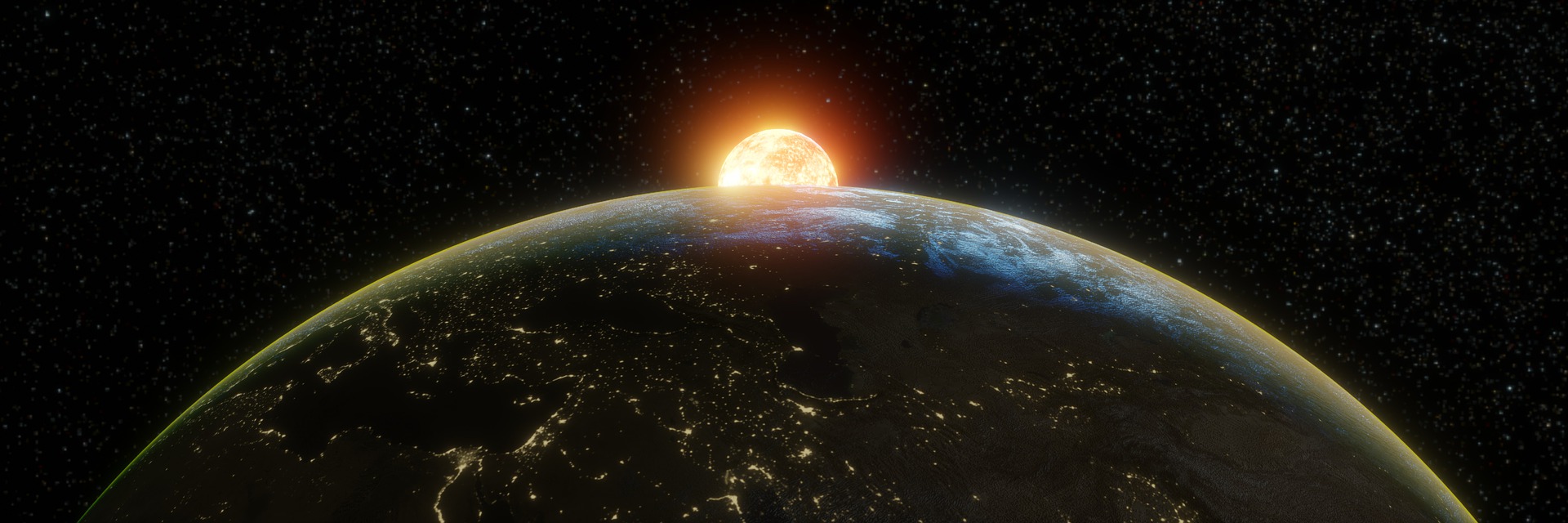Neural-Rendezvous: Provably Robust Guidance and Control to Encounter Interstellar Objects
https://arc.aiaa.org/doi/10.2514/1.G007671
Obliquities of exoplanet host stars – Nineteen new and updated measurements, and trends in the sample of 205 measurements
https://www.aanda.org/articles/aa/full_html/2024/10/aa50627-24/aa50627-24.html
Stellar Wind Contribution to the Origin of Water on the Surface of Oxygen-containing Minerals
https://iopscience.iop.org/article/10.3847/1538-4357/ad77cd
A Search for Collisions and Planet–Disk Interactions in the Beta Pictoris Disk with 26 Years of High-precision HST/STIS Imaging
https://iopscience.iop.org/article/10.3847/1538-4357/ad7369
Database of Candidate Targets for the LIFE Mission
https://iopscience.iop.org/article/10.3847/2515-5172/ad887e
Exomod: A Python Library for Exoplanet Transit Light Curve Fitting and Stacking with Background Simulation and Optimization
https://iopscience.iop.org/article/10.1088/1742-6596/2866/1/012064
Equation of State, Structure, and Transport Properties of Iron Hydride Melts at Planetary Interior Conditions
https://agupubs.onlinelibrary.wiley.com/doi/10.1029/2024JE008525
Reading Between the Rainbows: Comparative Exoplanet Characterisation through Molecule Agnostic Spectral Clustering
https://arxiv.org/abs/2410.16986
Giant branch systems: surveys and populations
https://arxiv.org/abs/2410.16482
Searching for Planets Orbiting Vega with the James Webb Space Telescope
https://arxiv.org/abs/2410.16551
Generative AI for Overall Mission Effectiveness at the Habitable Worlds Observatory
https://arxiv.org/abs/2410.16609
Effects of Planetary Parameters on Disequilibrium Chemistry in Irradiated Planetary Atmospheres: From Gas Giants to Sub-Neptunes
https://arxiv.org/abs/2410.17169

